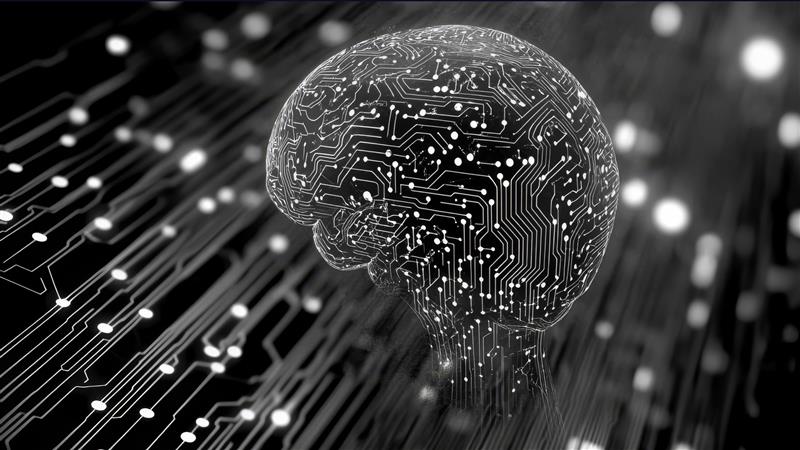
Databricks, the AI leader, came up with an innovation, dubbed Test-time Adaptive Optimization (TAO) to maximize performance of AI models without needing perfect labels on data, enabling self-improving AI models to operate at their best.
Chief AI Scientist Jonathan Frankle notes TAO addresses a universal pain point: messy real-world data, with the technology allowing models to dynamically adapt during deployment, revolutionizing applications from financial analysis to medical diagnostics without exhaustive retraining.
“Everybody has some data, but the issue is that it’s never well-labeled or clean,” Frankle said.
Without good data, fine-tuning AI models to perform specific tasks, like analyzing financial reports or generating medical insights, is a complex and time-consuming effort. This is where self-improving AI agents come as solution.
Power of TAO
The TAO approach uses synthetic data alongside reinforcement learning (RL) to improve self-improving AI agents. Reinforcement learning allows AI programs to become more competent over time by giving them feedback about their performance.
Coupled with synthetic, AI-generated data, this process experiments with various outcomes, enabling the model to “practice” and refine its ability to perform tasks. Whether or not clean labeled data is present, this approach is an ideal illustration of AI self-improvement applied.
The biggest innovation is the “best-of-N” method, where Databricks trains a model to predict which of several outputs a human tester would prefer. This in turn generates synthetic data, which is used again to reinforce the model and refine it even further. The result is an AI that automates improvement and is able to step up its performance without requiring additional labeled data.
Proven Results with Llama 3.1B
Databricks recently tested TAO on the FinanceBench benchmark, which measures how well language models handle financial queries. Llama 3.1B, initially scored 68.4% on FinanceBench.
However, after applying the TAO technique, Llama 3.1B achieved a remarkable 82.8%, surpassing OpenAI’s advanced models, like GPT-4, showing how self-improvement AI can significantly boost model performance, even with limited data.
Christopher Amato, computer scientist at Northeastern University sees TAO technique with great potential, saying, “TAO is very promising, as it could allow much more scalable data labeling and even improved performance over time as the models get stronger and the labels get better over time.”
Amato also notes that, although reinforcement learning may still be uncertain at times, the TAO method addresses many of the problems associated with training better AI models on dirty data.
Databricks is already empowering users to use TAO for self-improving AI agents across different domains. For instance, a fitness-tracking app updated its model to more accurate information through TAO due to the issue of receiving medically sound output. Finance and healthcare applications can have self-improving AI agents running reports generation or health guidance automatically even when data quality is poor.
Can AI Self Improve?
Databricks’ TAO approach is a significant breakthrough in AI optimization. By incorporating reinforcement learning and synthetic data, businesses are now able to optimize models without needing to depend on large volumes of labeled data. Making AI development accessible to more businesses and more efficient. As AI self-improvement increasingly becomes the norm, TAO is likely to become the industry standard for developing strong and scalable self-improving AI systems.
Inside Telecom provides you with an extensive list of content covering all aspects of the tech industry. Keep an eye on our Tech sections to stay informed and up-to-date with our daily articles.